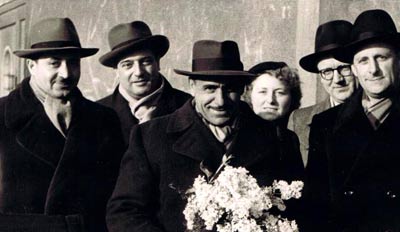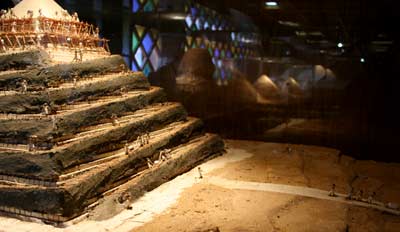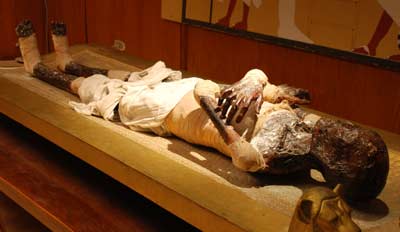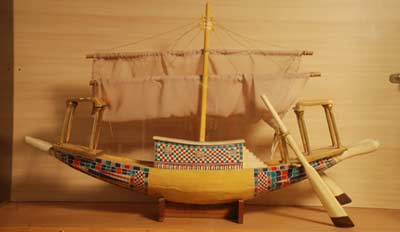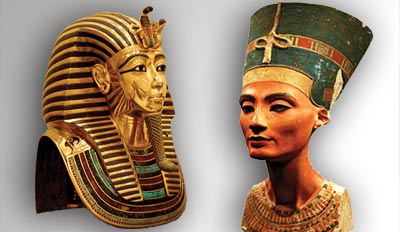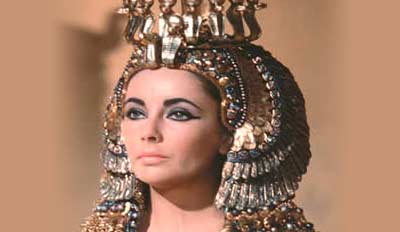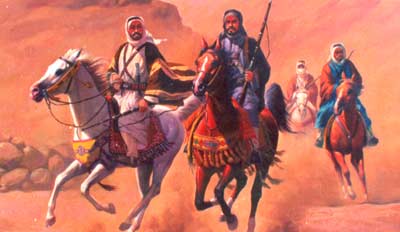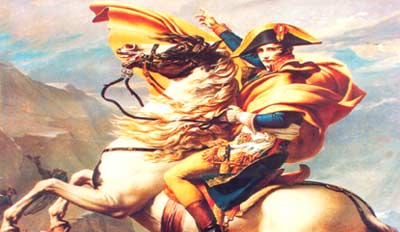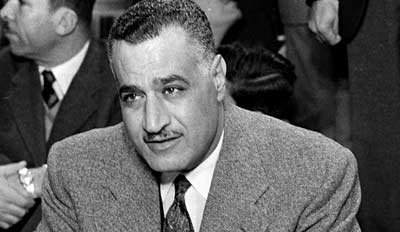Cleopatra's Exhibit
ABOUT THE MUSEUM
The Pharaonic Village, in its efforts to encompass the entire history of Egypt, opened this exhibit which contains the history of Alexander the Great and the Ptolemies, as well as models of Alexandria, the Library, Pharos (the lighthouse), the Battle of Actium and finally all about Cleopatra who was one of the world’s most famous queens.
SHORT HISTORY OF ALEXANDRIA, Home to Cleopatra : For three hundred years, Alexandria was the capital of the ancient world. It was founded by Alexander the Great in April, 331 BC. Dinocrates, his architect, laid the plans of the city next to the old Egyptian village of Rhakotis. Dinocrates joined the city to the island of Pharos with the heptastadium, a long stretch of land into the Mediterranean. This created two harbors, the Eastern and Western harbors. When Alexander died in Babylon in 323 BC, his companion, Ptolemy I, laid claim to Egypt as his domain. He founded a dynasty that was to rule for three hundred years from Alexandria. Ptolemy II made Alexandria the center of culture and founded the Alexandria Library and Museo, the first research center and “think tank.” The Pharos Lighthouse was built, and it was one of the Seven Wonders of the Ancient World. Its beam of light could be seen for thirty miles.
Alexandria was also the site of Cleopatra’s palace, where she entertained Julius Caesar and Marcus Antonius (Mark Antony), two of the most prominent Roman generals in ancient history. The end of the Hellenistic or the Ptolomic dynasty came in 30 BC, with the combined suicide of Marcus Antonius and Cleopatra after the naval Battle of Actium. It was in Alexandria where Saint Mark the Evangelist entered Egypt and brought the teachings of Christianity. There were many riots in Alexandria due to its diverse population of Egyptians, Jews, and Hellenists. The city remained the capital of Egypt until its surrender to the Muslim Arab general Amr ibn el Aas in 642 AD. The capital of Egypt was then moved to Fustat, which is now in the center of Cairo. Yet this was not the end of the glory of Alexandria. In 1798, Napoleon and his fleet arrived in Abu Qir, followed by Lord Nelson, and the famous Battle of the Nile occurred in which Napoleon’s entire fleet was destroyed. Years later, the city would see the revolt of Ahmad Orabi in 1882, followed by the British bombardment of the city and the eventual occupation of Egypt. In modern times it saw the departure of King Farouk on July 26, 1952. Four years later, President Nasser, who was born in Alexandria, announced in Mansheya Square the nationalization of the Suez Canal.






